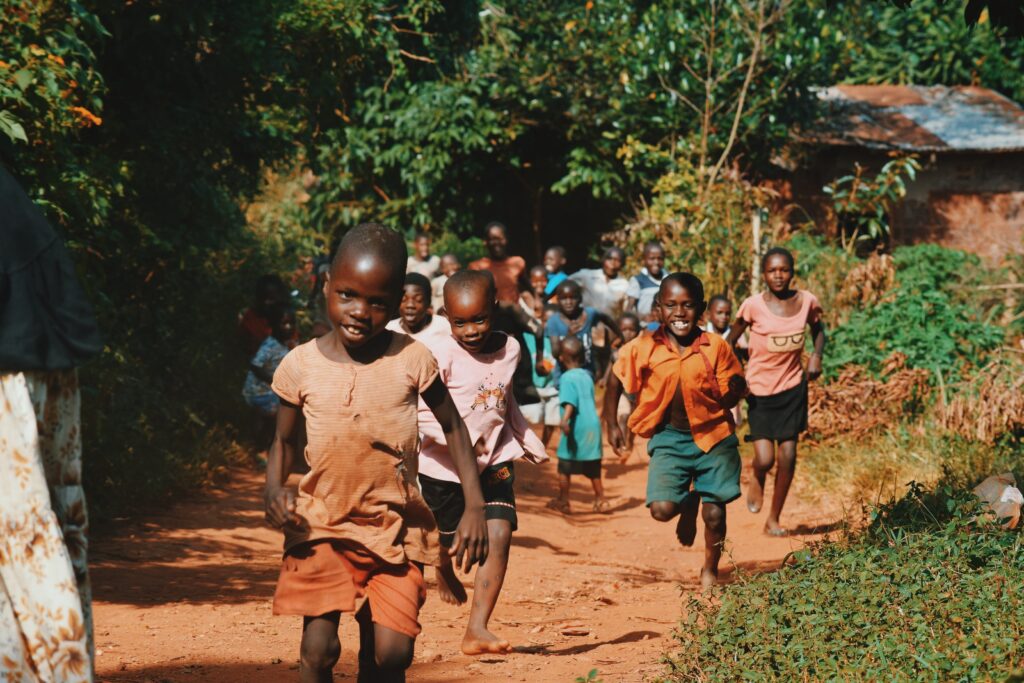News Team member Lydia King analyzes the challenges of language barriers in healthcare, and finds that community-driven initiatives and dedicated medical interpreters are transforming patient outcomes through improved communication and cultural sensitivity.

Children under the age of five are often the first to experience symptoms of an illness, a side effect of an underdeveloped immune system. In 2019, an estimated 5.2 million children under the age of five died, and majority of those children died from causes that were easily preventable and treatable. Over half of these deaths occurred in sub-Saharan Africa, a region in which malnutrition, specifically undernutrition, poor hygiene and sanitation, contaminated water, and inadequate medical care are still distinctly prevalent today. The social, environmental, and economic health of a countries can exacerbate rates of child mortality, infectious diseases, preterm birth complications, and undernutrition. While addressing the symptoms of the disease and undernutrition is vital, addressing the root cause ultimately ensures long-term survival for both children and adults alike.
In low-income countries, undernutrition is not only related to an estimated 45% of under-five deaths, but also is a major factor behind death by infectious diseases as well. Lack of proper nutrients and hunger can cause vulnerability to and exacerbate any viruses or illnesses with which children may come in contact. Direct treatments, such as micronutrient powders containing the essential vitamins and minerals necessary for adequate growth, can not only reduce deaths from lack of nutritients, but allow for healthier immune systems to combat infectious diseases as well.
However, addressing child mortality and morbidity as a whole requires a wider approach. Programs that target just one issue, called vertical programming, may be effective for one issue but can’t address child mortality as a whole. Horizontal programming, on the other hand, involves inspecting the sources of the health disparities that contribute to an issue–here, child mortality–and addressing those that impact multiple concerns at once.
For example, investments in education have proven to provide an enormous economic payoff. According to UNESCO, if all students in low-income countries left school with basic reading skills, an estimated 171 people could escape poverty, reducing the world poverty rate by 12 percent. At Harvard, one study found that for every dollar invested in female schooling over the course of six years in lower and middle-income countries resulted in a respective $10 and $3.8 return in revenue, and decreased under-five and adult mortality rates as a result.[1] Another study in sub-saharan Africa found that mothers who received education contributed to a much higher child survival rate than those who did not.[2] Women in low-income countries who are educated in contraceptive use are better equipped to take care of their children, especially in families with low incomes who will then have fewer mouths to feed.

Especially in rural populations, poor sanitation and hygiene, including unsafe drinking water, also contribute to both under-five and adult deaths. The second leading cause of under-five death is from diarrhoeal diseases such as cholera, which are easily spread through human contact, oral-fecal contamination, and inadequate drinking water. These diseases are both entirely preventable and treatable–one study estimated that increasing hand washing can lead to a 42 to 47 percent reduction in diarrhoeal diseases.[3]
Similar to undernutrition and its effect on illnesses, the 2.2 billion individuals across the globe who lack safe drinking water are not only at risk for diarrhoeal diseases, but are also at risk for other infections and diseases that may develop due to weakened immune system. Bringing access to adequate drinking water to greater populations will not only reduce the risk of disease, but also relieve the burden of traveling miles to access clean drinking water. Such an example of horizontal programming also provides the time for people to pursue job opportunities and/or education.
In light of Covid-19, both the virus in and of itself as well as responses to the pandemic have exacerbated rates of child mortality dramatically. While it is unknown exactly how much of the work and resources in the past decades will be undone, one study estimates that if access to food and medical care decrease as a response to the pandemic, an estimated additional one million child deaths could occur as a worst-case scenario.[4] Similar to the events of the Ebola virus outbreak in 2014, the areas that will be affected the most and have the hardest recovery will be the ones that were previously under-served in public health services. For this reason, incorporation of horizontal programming will not only benefit marginalized populations in the long run, but also ensure that when disaster strikes, those communities will be equipped and ready for what’s to come.
The virus is a prime example of why protecting other nations, especially those with individuals that are especially vulnerable to preventable and treatable illnesses, is necessary. When at-risk populations are equipped with the necessary tools, economic stability, and resources to combat issues such as the virus or climate change, bouncing back from disastrous burdens becomes easier, and the ripple effect on other countries becomes less damaging. The virus is a clear representation that any loss is our loss and, by default, any gain is our gain. We all live on the same planet–mother nature has a way of interweaving us together, whether we like it or not. How we choose to interact, or not interact, with our global communities is up to us.
References
[1] Pradhan, E., Suzuki E. M., Martinez S., Schaferhoff M., & Jamison D. (2017). Child and Adolescent Health and Development (3rd ed, Vol. 3). Disease Control Priorities. DOI: https://doi.org/10.1596/978-1-4648-0423-6_ch30 [2] Bado, A. R., & Sathiya Susuman, A. (2016). Women’s Education and Health Inequalities in Under-Five Mortality in Selected Sub-Saharan African Countries, 1990-2015. Plos One, 11(7). DOI: https://doi.org/10.1371/journal.pone.0159186 [3] Curtis, V., & Cairncross, S. (2003). Effect of washing hands with soap on diarrhoea risk in the community: a systematic review. The Lancet. Infectious diseases, 3(5), 275—281. DOI: https://doi.org/10.1016/s1473-3099(03)00606-6 [4] Roberton, T., Carter, E. D., Chou, V. B., Stegmuller, A. R., Jackson, B. D., Tam, Y., Sawadogo-Lewis, T., & Walker, N. (2020). Early estimates of the indirect effects of the COVID-19 pandemic on maternal and child mortality in low-income and middle-income countries: a modelling study. The Lancet Global Health, 8(7). DOI: https://doi.org/10.1016/S2214-109X(20)30229-1
